How to Share Your New Gig Without Upsetting Your Old Boss
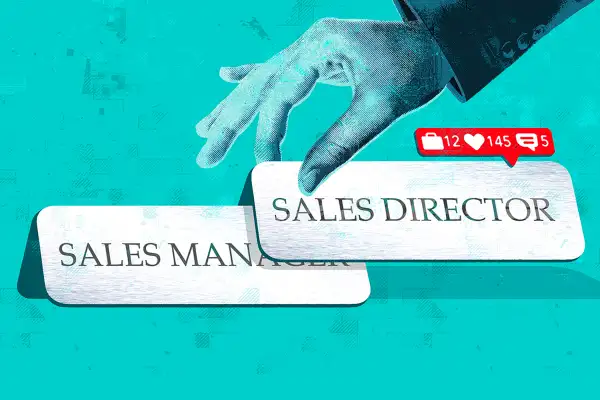
As the job market is heating up, you may see more friends trumpeting new roles on LinkedIn, Twitter, and Facebook. More than one in five workers plan to change jobs this year, a CareerBuilder survey found—up 5% from last year. But social media is like an open microphone; you don't want to say the wrong thing at the wrong time. If you're changing jobs, here's how to stay on message and in control.
Don't tip your hand
Before you make a move, be discreet. Dropping clues can make it difficult to exit on your own terms.
The classic mistake used to be leaving a résumé in the copier, says Daniel Post Senning, etiquette expert at the Emily Post Institute. Today social media is the new Xerox: Staff at one large company, for instance, told him that the firm monitored workers' LinkedIn pages, viewing activity as disloyal.
That's extreme, of course—but even so, avoid a big, obvious profile makeover. Instead, use smaller, incremental tweaks, says Post Senning—and be sure to turn off the "sharing profile edits" option (under privacy settings) so the site won't highlight your updates.
Also, wait to connect with prospective colleagues until after you've started at a new job.
Read: Check Your LinkedIn Profile For These 7 Mistakes
Pace yourself
Once you have an offer, it's best to wait until your last days on the job before dropping any online hints; at a minimum, hold off till you've given formal notice. "You don't want your employer finding out on social media," says Patrick Gillooly, director of digital communication and social media at Monster.com.
At that point, go ahead and share your departure—but delay mentioning your new role while still on your old company's dime.
Stay upbeat and brief, even if your exit was not ideal. Future employers are watching: An April CareerBuilder survey found that 60% of hiring managers and HR pros check applicants' social media profiles before hiring them. "The ability to manage and regulate an emotional response is a valuable thing for many businesses and professionals," Post Senning says.
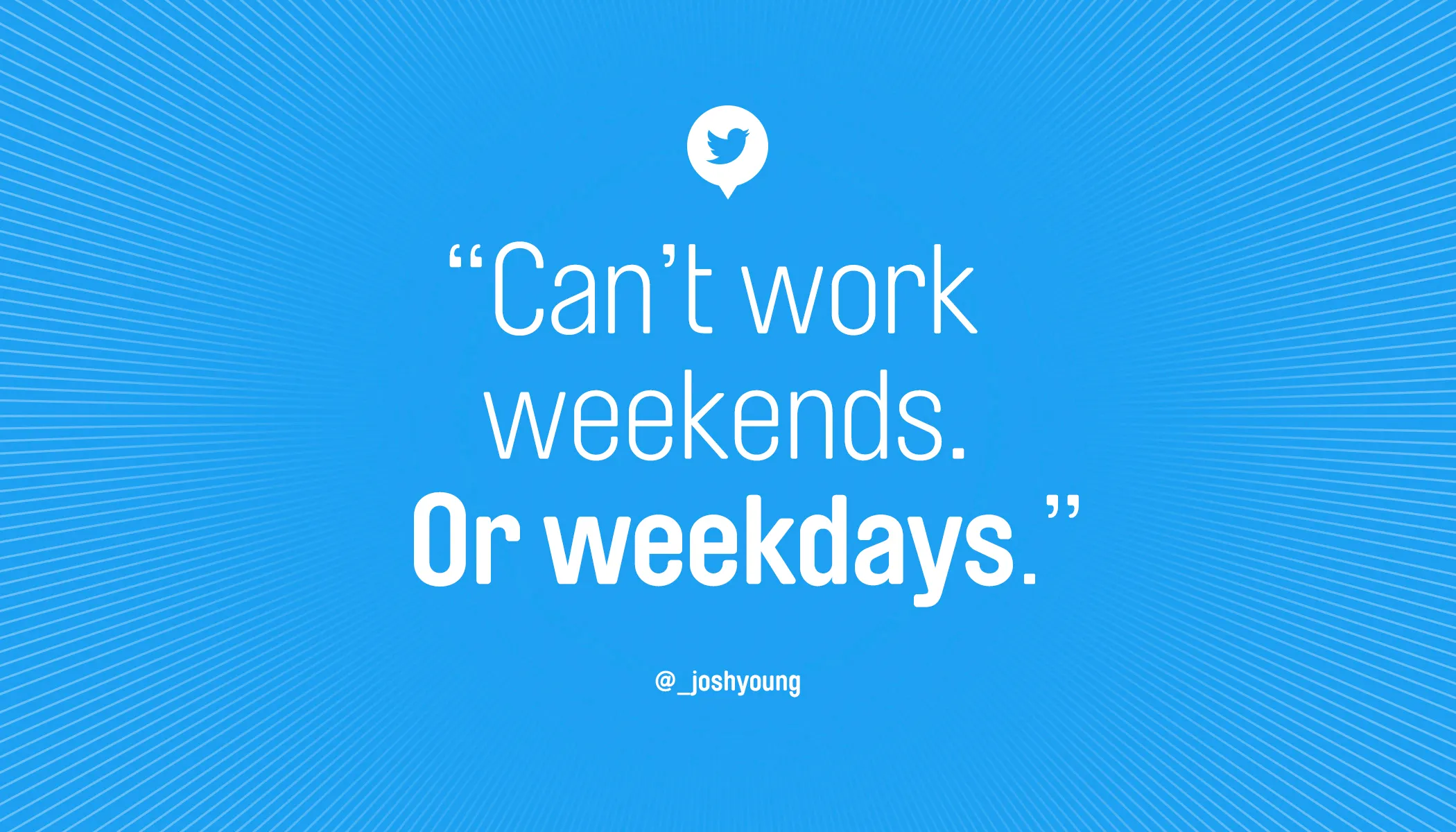
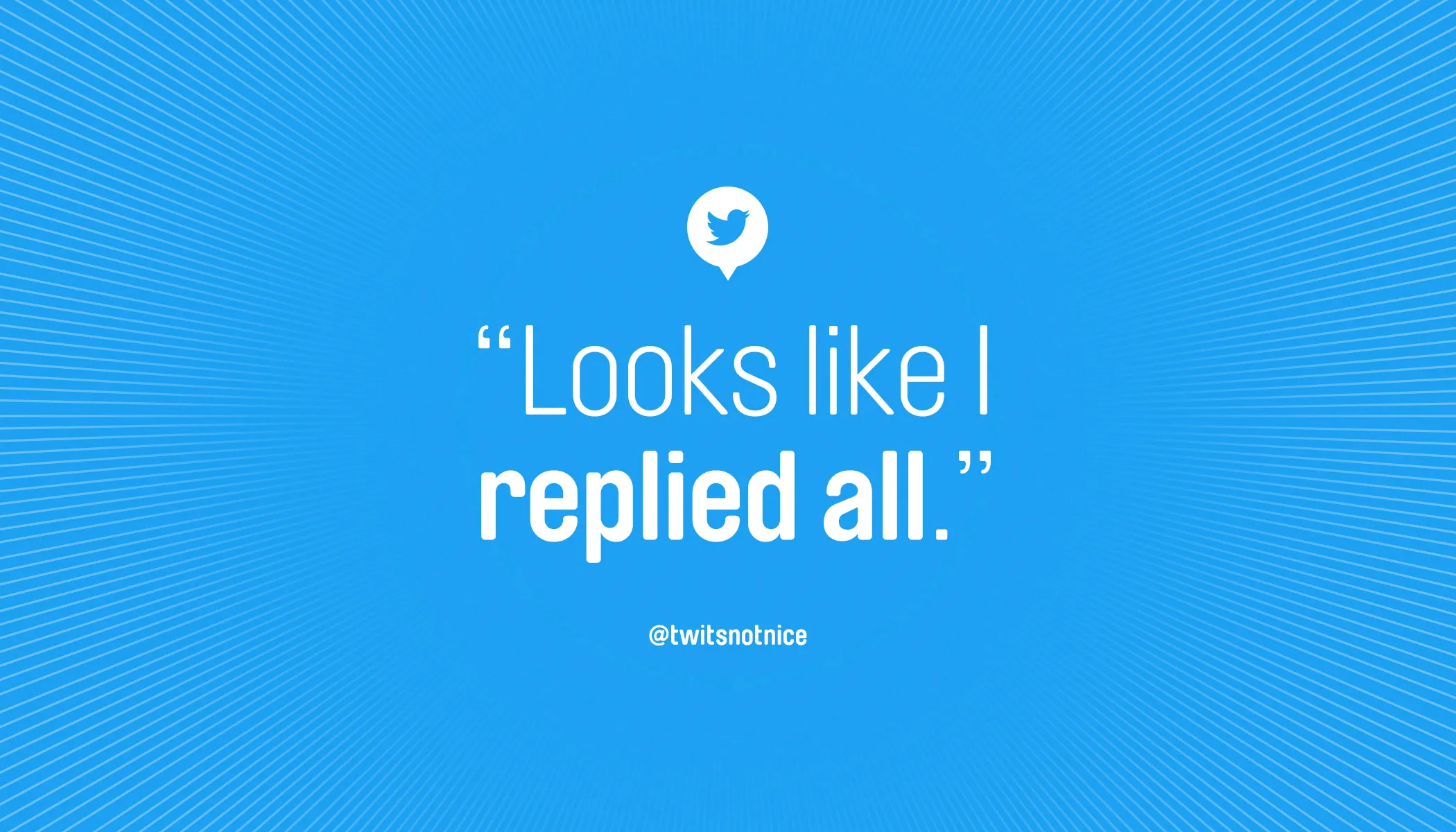
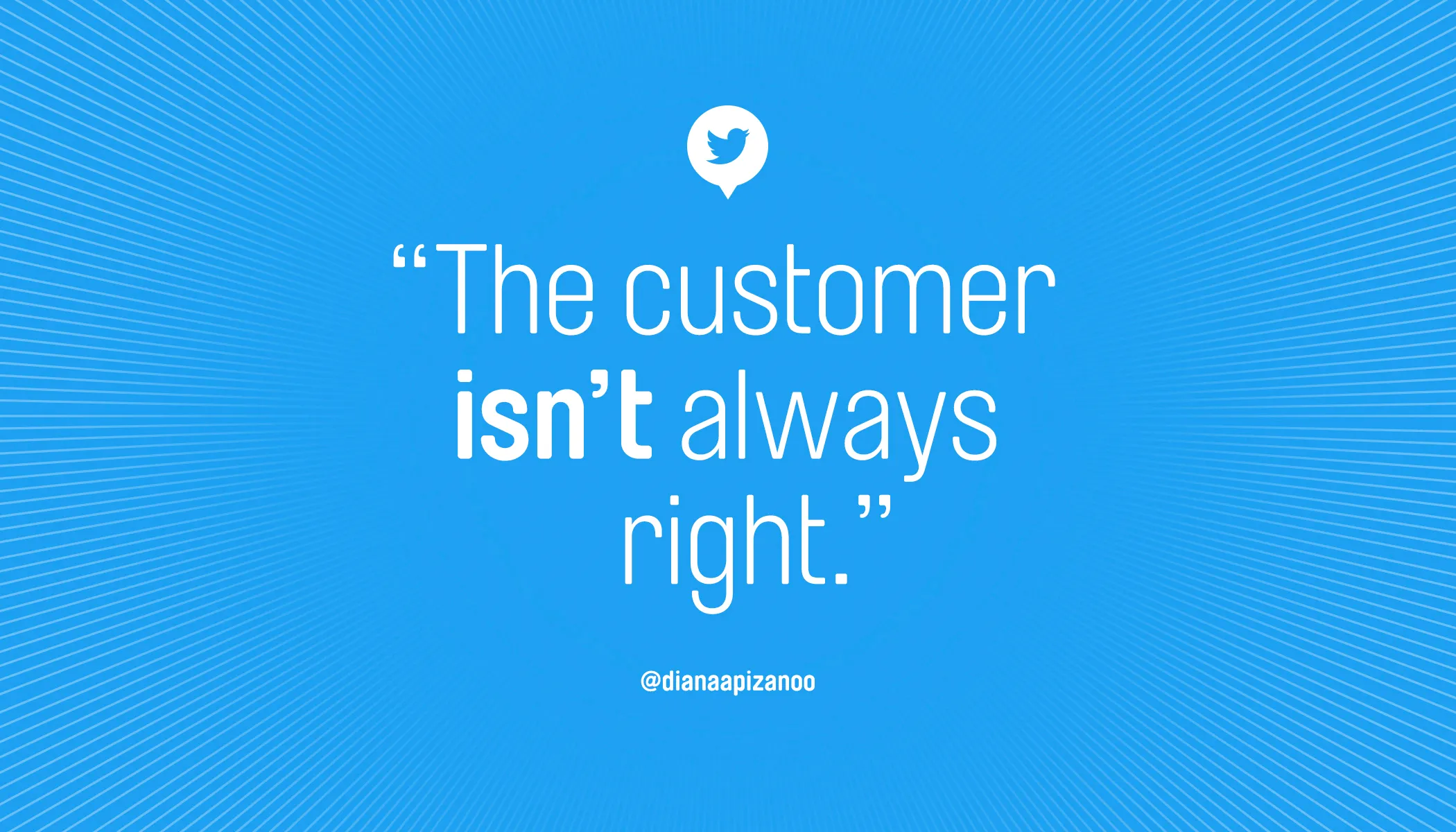
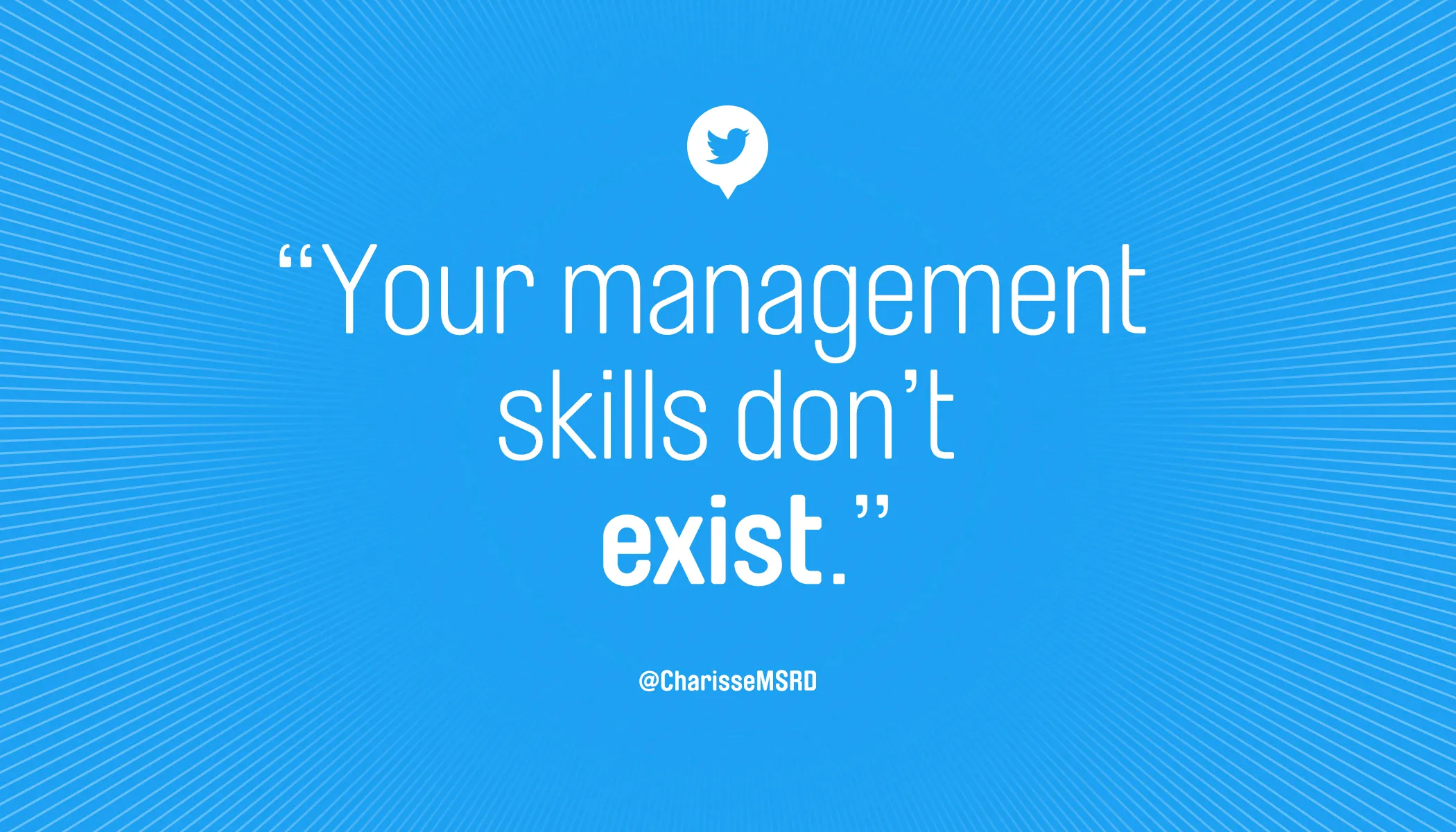
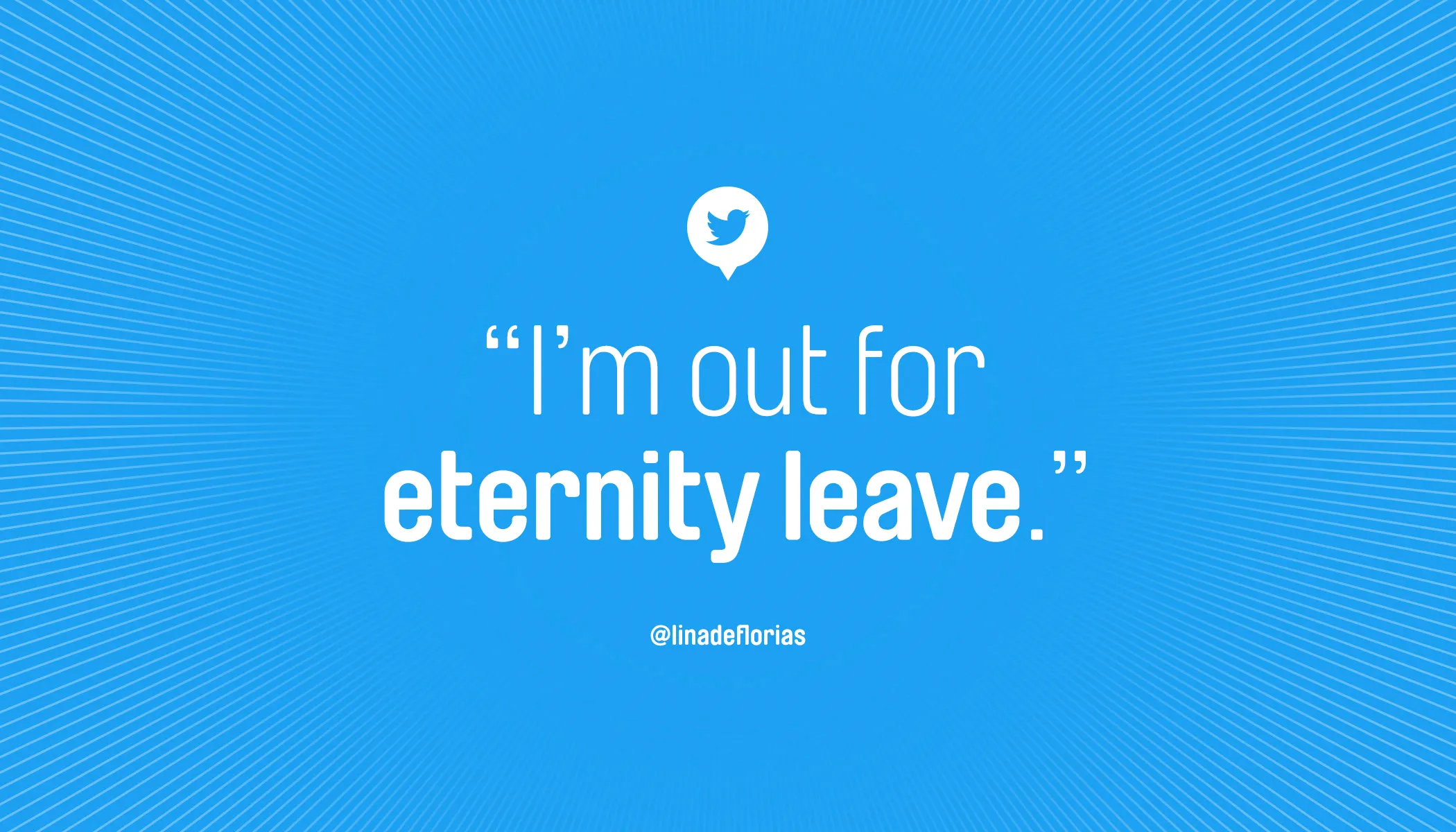
Get in sync
After you've gone public, colleagues may have questions about how to proceed in your absence. Be ready with an email identifying resources and points of contact. Also ask your future employer about any planned announcements, Post Senning says, and try to follow its lead.
Break the news
Finally, once you've started, send out a tweet and update all your social media profiles with your new company, job title, and contact information—ideally within your first day or two, Gillooly says.
Pair that with emails to contacts, detailing your new role and responsibilities, he adds. (Mass blast? Remember to use the bcc field.) "Put a little thought behind the process," Gillooly says. "It's a big message to the world."